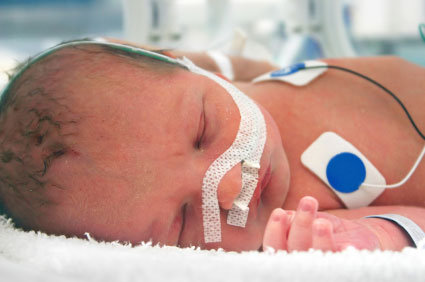
Decades of research studies have found that spanking can negatively affect kids, researchers said.
Child psychologist George Holden and three colleagues at Southern Methodist University, Dallas, wanted to see if parents’ positive views toward spanking could be reversed if they were made aware of the research.
Researchers used a simple, fast, inexpensive method to briefly expose subjects to short research summaries that detailed spanking’s negative impact.
Carrying out two studies, one with non-parents and one with parents, Holden and his co-authors on the research found that attitudes were significantly altered.
“Parents spank with good intentions – they believe it will promote good behaviour, and they don’t intend to harm the child. But research increasingly indicates that spanking is actually a harmful practice,” said Holden, lead author on the study.
“These studies demonstrate that a brief exposure to research findings can reduce positive corporal punishment attitudes in parents and non-parents,” Holden said.
The researchers believe the study is the first of its kind to find that brief exposure to spanking research can alter people’s views toward spanking.
“If we can educate people about this issue of corporal punishment, these studies show that we can in a very quick way begin changing attitudes,” said Holden.
In the first study, the subjects were 118 non-parent college students divided into two groups: one that actively processed web-based information about spanking research; and one that passively read web summaries.
The summary consisted of several sentences describing the link between spanking and short- and long-term child behaviour problems, including aggressive and delinquent acts, poor quality of parent-child relationships and an increased risk of child physical abuse.
The majority of the participants in the study, 74.6 per cent, thought less favourably of spanking after reading the summary. Unexpectedly, the researchers said, attitude change was significant for both active and passive participants.
A second study replicated the first study, but with 263 parent participants, predominantly white mothers.
After reading brief research statements on the web, 46.7 per cent of the parents changed their attitudes and expressed less approval of spanking, researchers said.
The findings have been published in the international journal of Child Abuse & Neglect.
Source: Post Jargan








.jpg)

